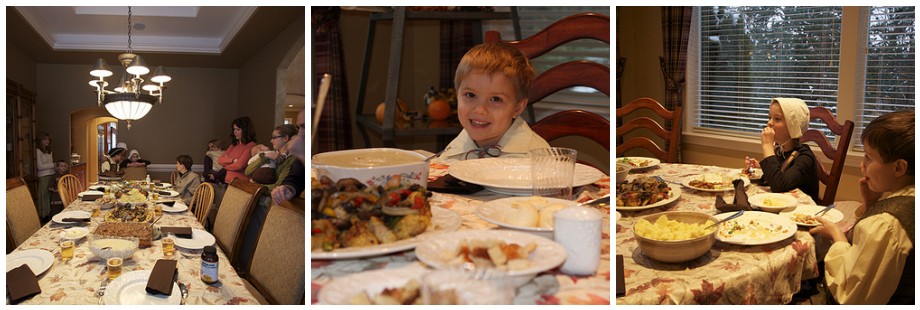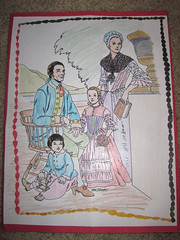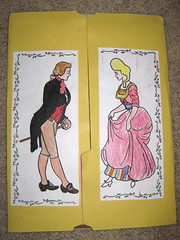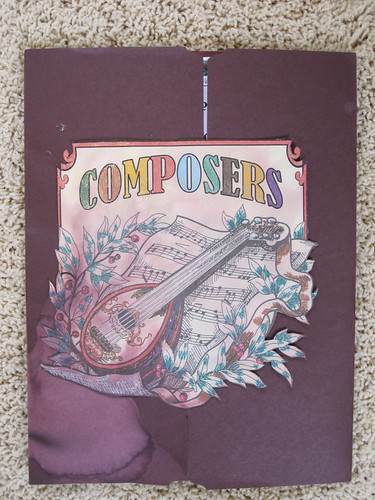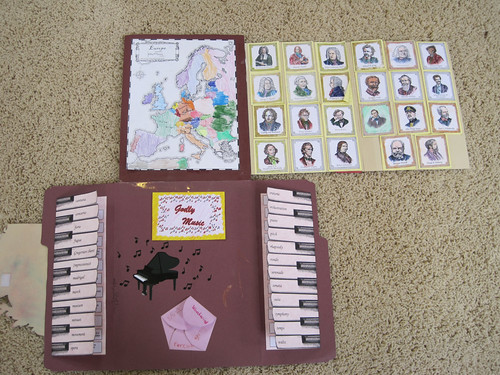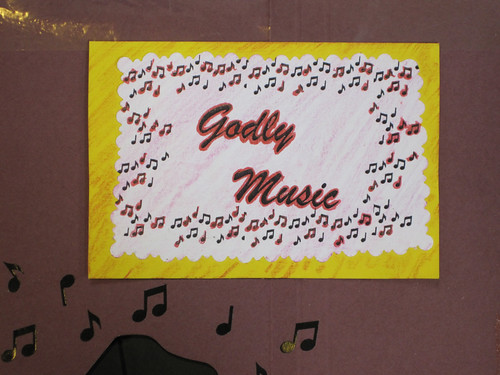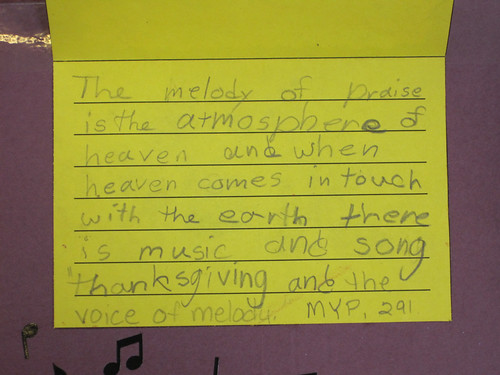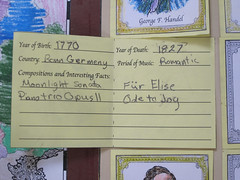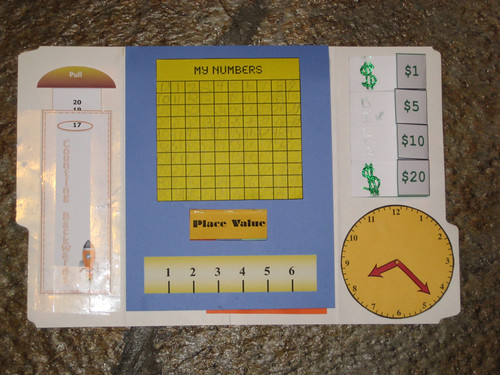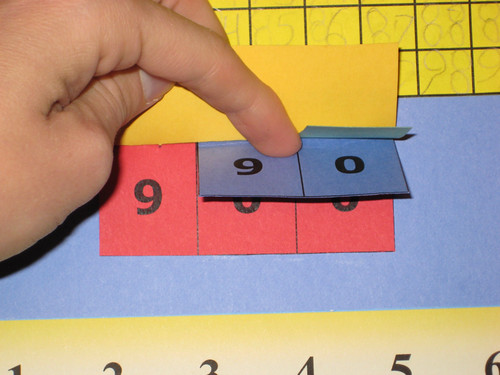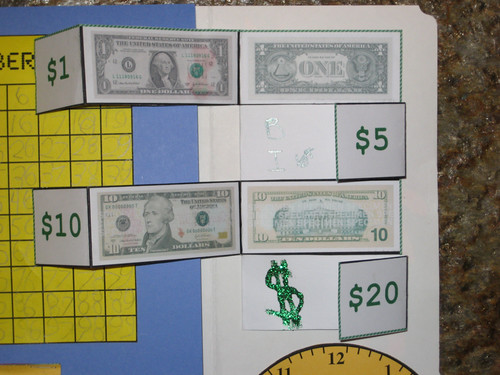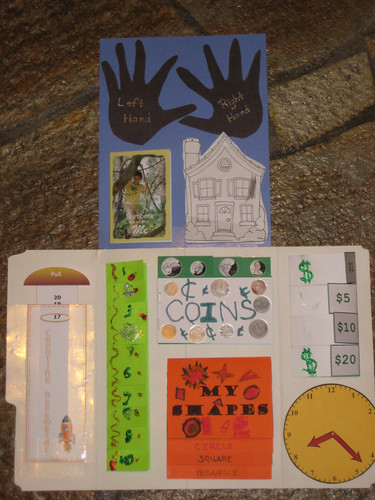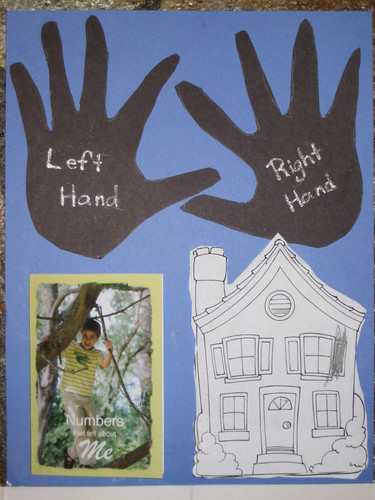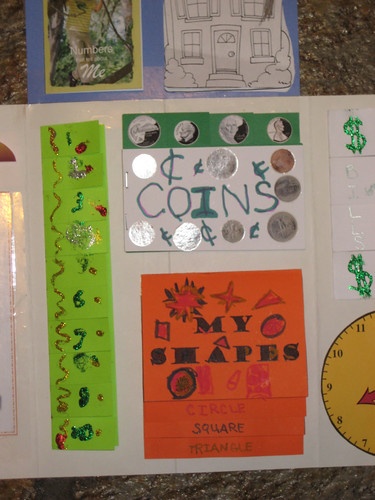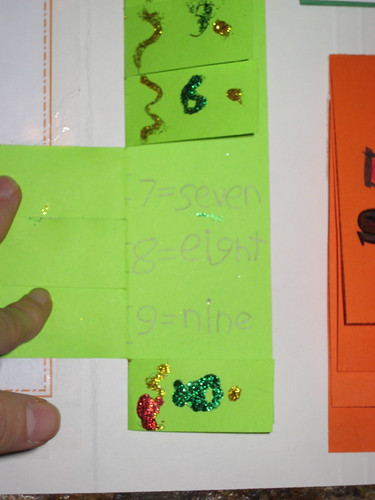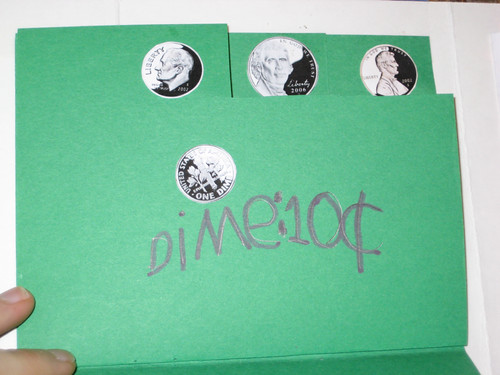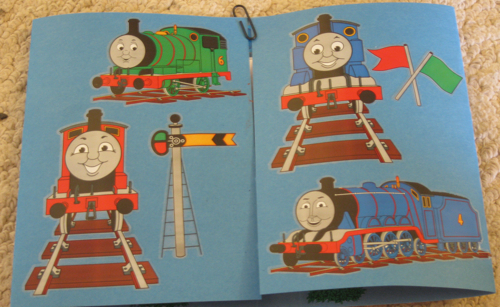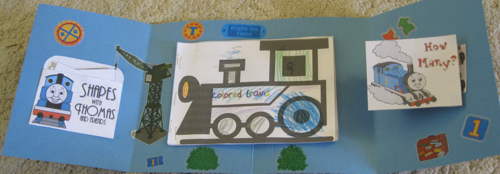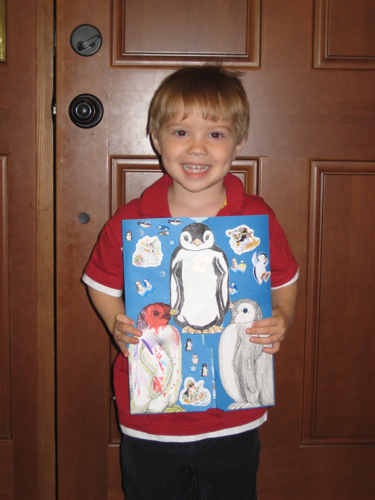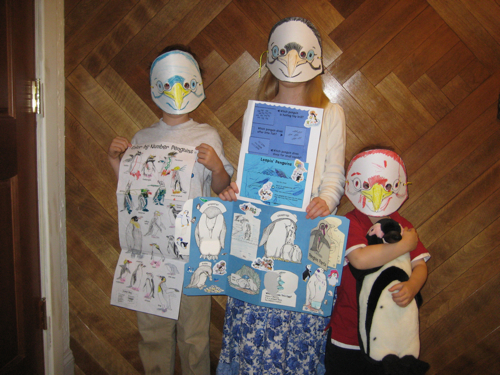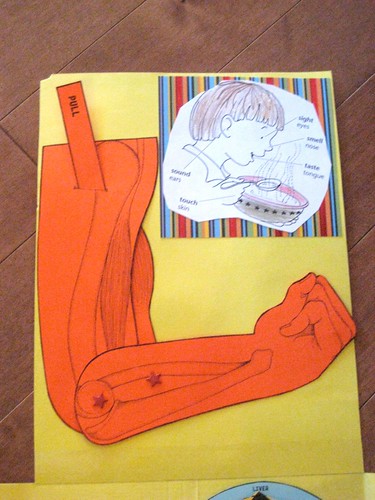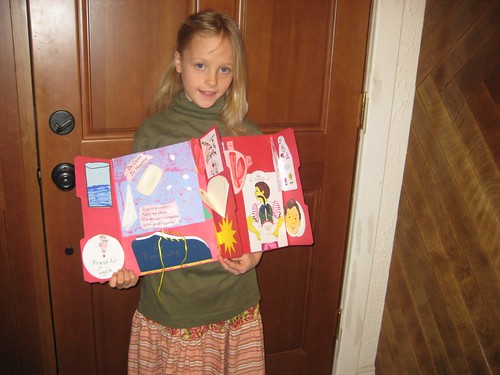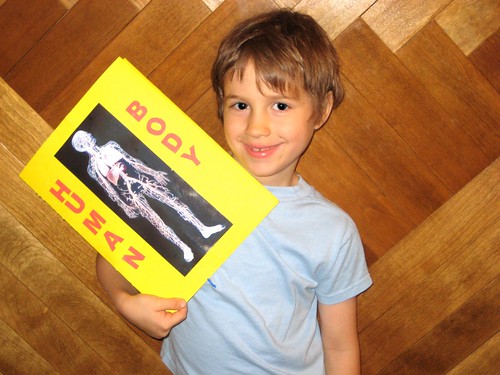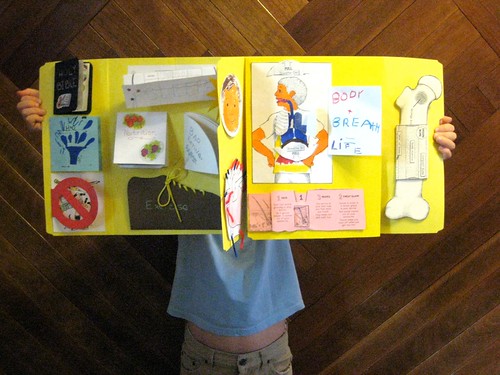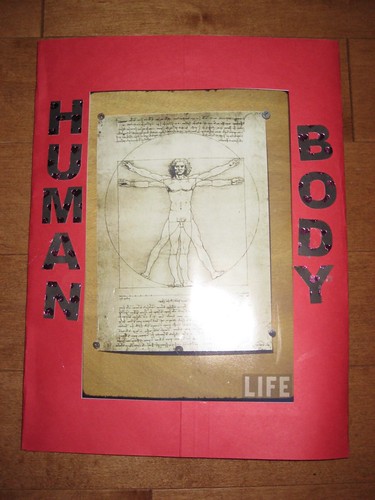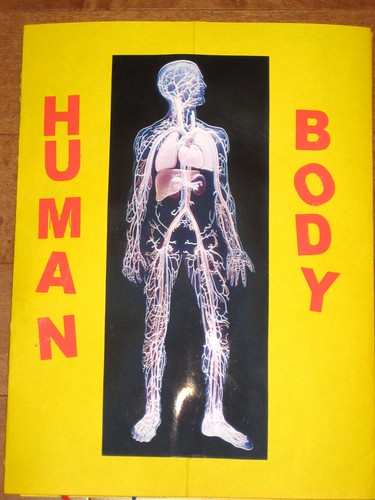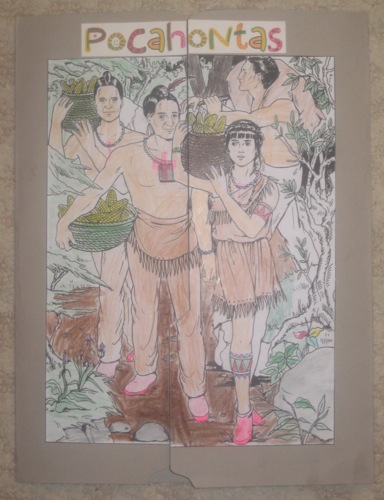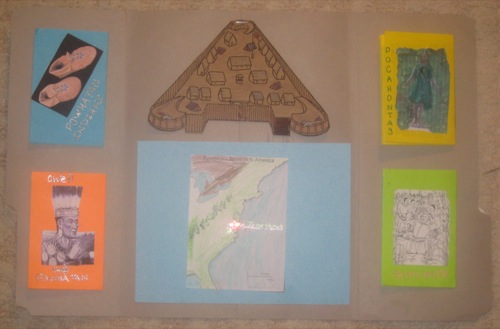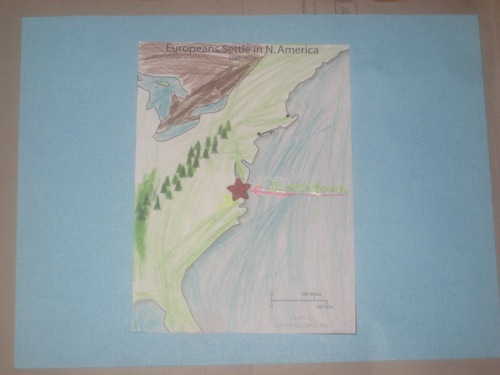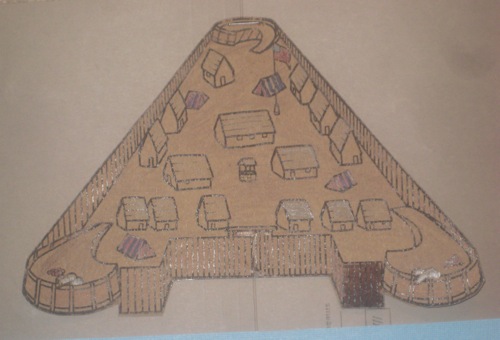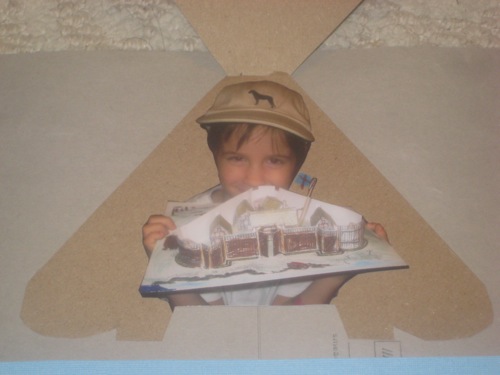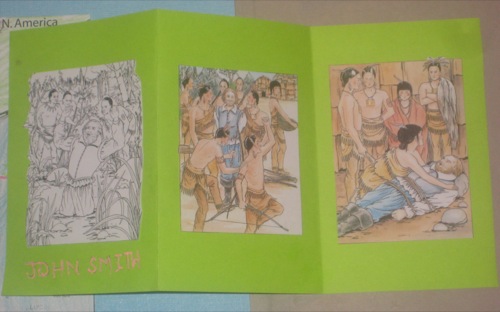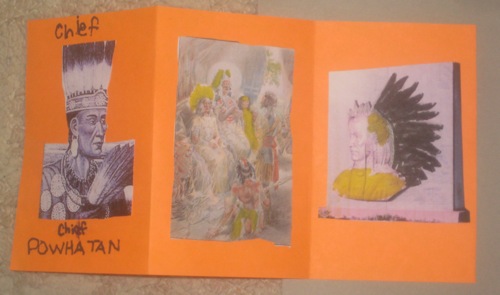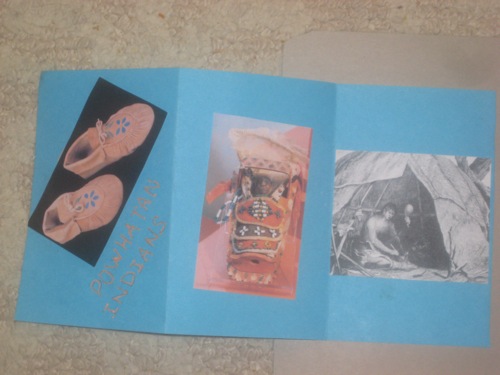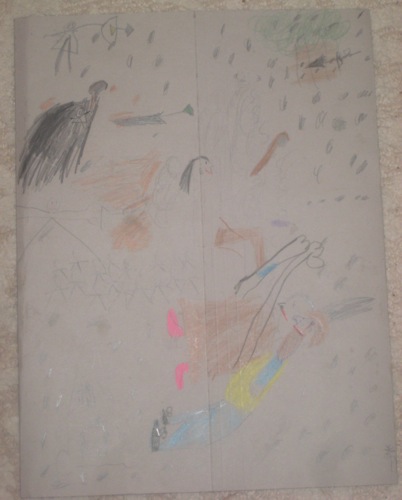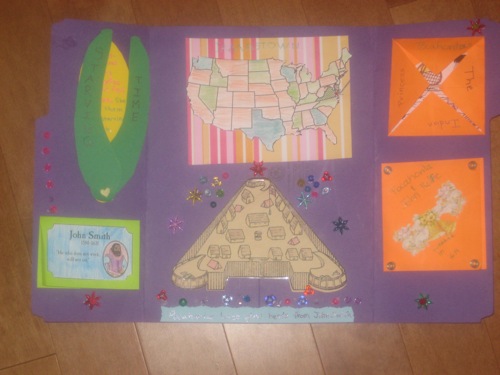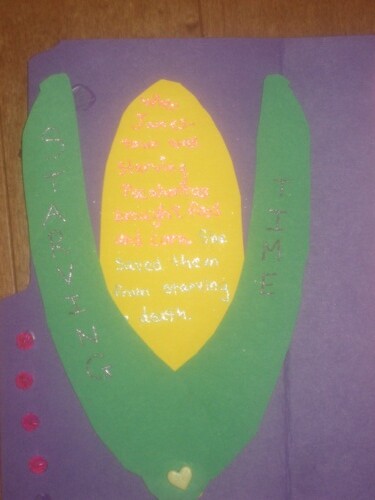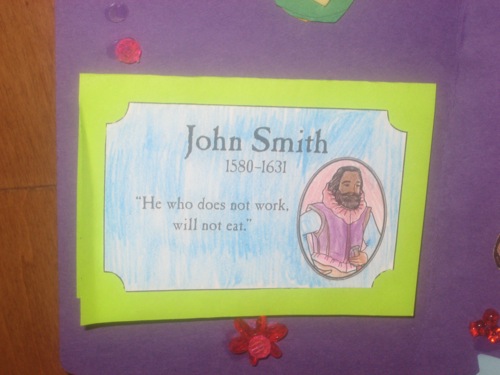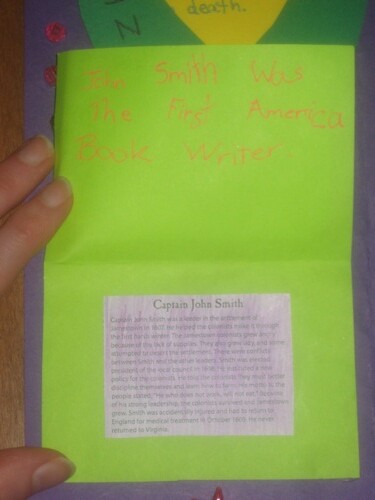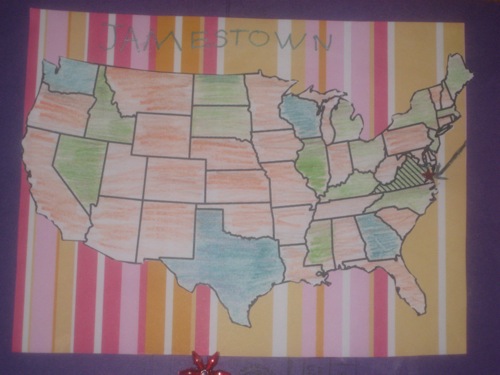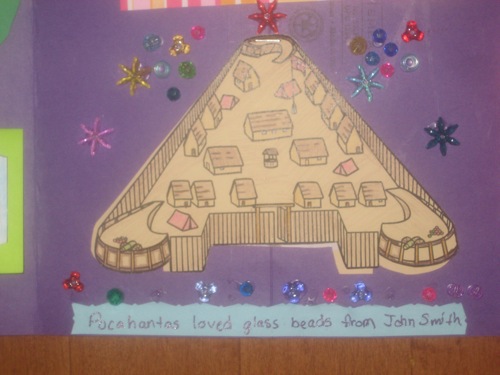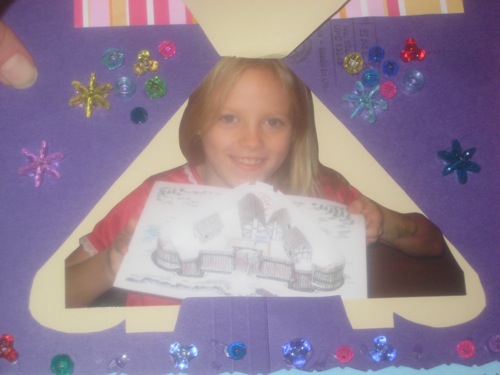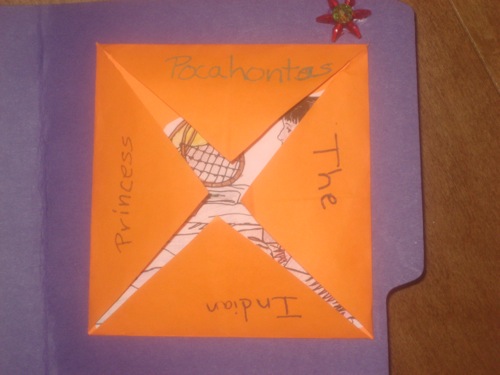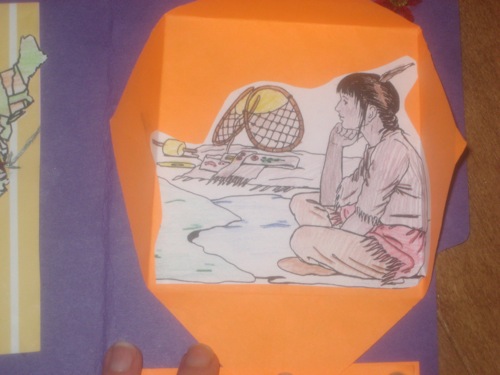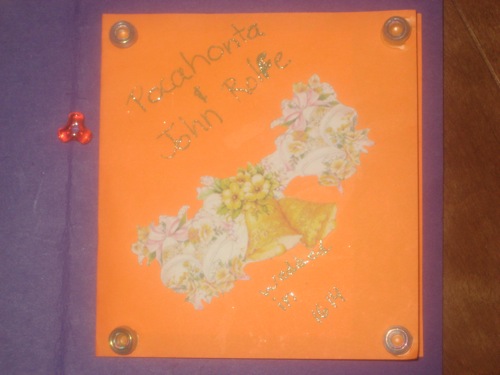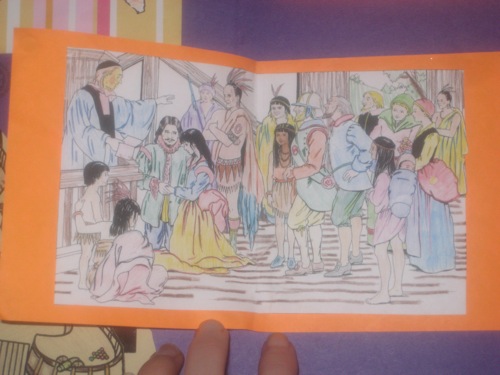I have had several different questions about the different lapbooks that we’ve made. I decided that I would just write a post on my developing philosophy of lapbooking as well as share my favorite resources.
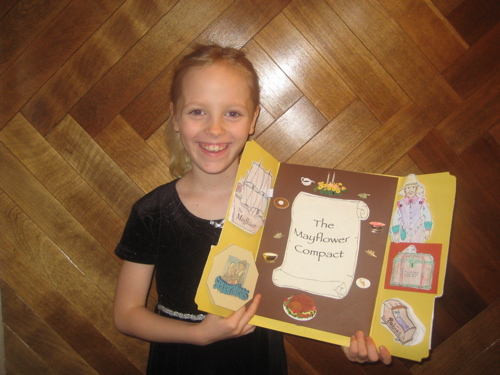 A little history: I do not consider us to be “pro-lapbookers”. It’s something that we have learned to enjoy a lot though. We learned how to lapbook last summer at the Washington Homeschool Organization Convention. Tina from Jetihoja Academy was the instructor of that class. So I give a big “Thank-you” to her for introducing us to this idea. As soon as we learned about it, I knew that this was a great project for my daughter who is a very kinesthetic learner and also very artisitic. Immediately after the convention we tried out our first lapbook. We were in the process of learning about birds, so figured that would be a great place to start. We purchased our first lapbook from In the Hands of A Child and we had a lot of fun, but I immediately discovered something challenging for us. The challenge is that my daughter does not like to write a lot and the lapbook involved quite a bit of writing, so this is how I started developing my philosophy about lapbooking. I will say that the In the Hands of a Child lapbooks are very well done, even though they didn’t work for my daughter.
A little history: I do not consider us to be “pro-lapbookers”. It’s something that we have learned to enjoy a lot though. We learned how to lapbook last summer at the Washington Homeschool Organization Convention. Tina from Jetihoja Academy was the instructor of that class. So I give a big “Thank-you” to her for introducing us to this idea. As soon as we learned about it, I knew that this was a great project for my daughter who is a very kinesthetic learner and also very artisitic. Immediately after the convention we tried out our first lapbook. We were in the process of learning about birds, so figured that would be a great place to start. We purchased our first lapbook from In the Hands of A Child and we had a lot of fun, but I immediately discovered something challenging for us. The challenge is that my daughter does not like to write a lot and the lapbook involved quite a bit of writing, so this is how I started developing my philosophy about lapbooking. I will say that the In the Hands of a Child lapbooks are very well done, even though they didn’t work for my daughter.
 My goals: My number one goal with lapbooks is to help my children love learning. I think that lapbooks appeal especially to the more kinesthetic learners as it is a hands-on project. My secondary goal is to teach my children to start developing the skills to produce reports even before they can write well. I also do oral narration with my children on what we study, so that they are practicing putting things into words.
My goals: My number one goal with lapbooks is to help my children love learning. I think that lapbooks appeal especially to the more kinesthetic learners as it is a hands-on project. My secondary goal is to teach my children to start developing the skills to produce reports even before they can write well. I also do oral narration with my children on what we study, so that they are practicing putting things into words.
So based on the personalities of my children and based on my goals, I have found that the best approach for us on our lapbooks is to make custom lapbooks. This also gives my children a chance to be involved in planning out what is going in the lapbook, although I’m the one that plans what we are going to study, so I really am the one doing most of the planning.
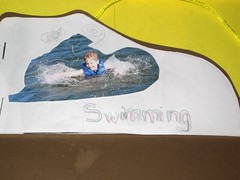 My children love to design their own mini books. These are always the ones that they are the most proud of in their lapbooks too. One of the nice things when they design their own, is that they really are trying to figure out how to convey what they learned even though it may or may not contain words. I do use printables that I find here and there and I will list my favorite sources at the bottom. I mix printables with ones they design on their own. For instance, in our last lapbook, they pretty much designed all the ones that had to do with health habits and we used printables for most of the anatomy mini books.
My children love to design their own mini books. These are always the ones that they are the most proud of in their lapbooks too. One of the nice things when they design their own, is that they really are trying to figure out how to convey what they learned even though it may or may not contain words. I do use printables that I find here and there and I will list my favorite sources at the bottom. I mix printables with ones they design on their own. For instance, in our last lapbook, they pretty much designed all the ones that had to do with health habits and we used printables for most of the anatomy mini books.
 The best part of lapbooks is finishing them! My children are always so proud to show their grandparents and friends their lapbooks and tell them all about what they have learned. I consider this to be an important part of the project too. Their repeating over and over with pride what they have learned helps to plant the lessons in their memory.
The best part of lapbooks is finishing them! My children are always so proud to show their grandparents and friends their lapbooks and tell them all about what they have learned. I consider this to be an important part of the project too. Their repeating over and over with pride what they have learned helps to plant the lessons in their memory.
Now when it comes to how to make lapbooks, others have already written excellent blog posts and lenses and all kinds of things on how to lapbook, so here is my list.
First, let me say that the second person that helped me so much with lapbooking was somebody I’ve never met. Her name is Jimmie and she homeschools in China, and tons of these resources are by her. So kudos to Jimmie too! (And check out her blog. It’s my favorite!)
My favorite lapbook links:
Philosphy:
Is lapbooking controling your curriculum? by Jimmie
Lapbooks–a form of narration by Jimmie
How (and Why) To Begin Lapbooking by Jamin
How to:
Lapbooking–basics, how-to’s by Jimmie (If you don’t look at any other links, please look at this one.)
Lapbook Lessons by lots of people (This site requires free membership, has lots of free lapbooks too)
Free printables:
Homeschool Share (tons of free lapbooks, requires free membership)
Love-to-Lapbook Group (this is a yahoo group that you must join, but it has the best collection of links for lapbooks that I’ve seen.)
Lapbooks by Carissa (Check out the tot books for fun lapbooks for toddlers.)
Pictures:
Simply Lapbooks (lots of great ones for K-1st) (This site has been removed.)
Lapbooking Group on Flickr!
Pictures of OUR lapbooks
To Purchase:
Dover (We like to turn pictures from their coloring books into mini books for our lapbooks. They have really great history based coloring books.)
Homeschool in the Woods (The Time Traveler Series and the Activity Paks are the best pre-made lapbooks that I have seen, without a question. The Timeline figures from this site are really great for lapbooks too.)
Books by Donald Silver at Amazon (These are sadly going out of print, but I think that they are really great.)
Books by Donald Silver on Currclick
Pockets by Evan-Moor on Currclick (These were not designed for lapbooks, but for the most part, they work great. Or you can make the pockets as described. It’s a similar idea to lapbooks.)
Pockets by Evan-Moor on Amazon
This is not an exhaustive list of links. Most of these links contain more links for you to follow and will give you many ideas. These are just my favorites.
Happy Lapbooking!
